5+ Real Ways AI Can Benefit Your Content and Marketing Today
Have you welcomed AI onto your content marketing team?
AI-powered tools and techniques can add invaluable assistance to your content and marketing work. But you first must understand the possibilities before you can benefit from them.
Industry experts (human ones) shared the potential they see for AI on your team and how they’ve realized that power in their operations. Consider these opportunities and advice on how to onboard AI into your operations.
1. Tap into the data
You likely know how to collect performance data from Google Analytics and other tools. However, accessing insights scattered across platforms or locked in function-specific systems can be tricky and time-consuming. Plus, sorting through a high volume of information often leads to only a few nuggets of actionable meaning.
Aha Media Group president Ahava Leibtag says their health-care clients sit on a ton of data about their audiences and marketing performance. The sheer volume overwhelms her team’s ability to separate the signal from the noise.
AI’s ability to aggregate data from multiple sources and extract vital insights changes the game. It synthesizes the information into a single source of analytics truth and quickly pinpoints audience trends and behavior patterns that even the most analysis-savvy marketers might overlook.
2. Add a research assistant
Connie Smart, a writer and editor for the City of Edmonton in Alberta, Canada, says AI’s research capabilities can give your writers an advantage. As a content specialist for Canadian Western Bank’s marketing team, she used AI to zero in on hot, current topics highly relevant to the interviewee’s experience level.
Adding AI to her research process has helped her compose more granular, targeted questions, fostering more trust and authority behind her interview requests. As a bonus, her AI research tools provided sources for the information, fast-tracking her verification efforts.
At Aha Media Group, Ahava notes another benefit her team received from incorporating AI into their research practices: It sharpens their ability to comprehend highly technical medical terminology and makes it easier to communicate critical information to consumer audiences.
“Our writers used to have to read through research articles on PubMed and try to figure out their meaning on their own,” she says. “Now they can use machine learning to synthesize and simplify that data instantly.”
3. Gain an SEO expert
What AI tools might lack in originality, emotionality, or unimpeachable accuracy, they make up for with their ability to fine-tune, summarize, and evaluate the search potential of existing content.
These skills make AI the ideal SEO sidekick for your content creators, helping them identify search trends and capitalize on ranking opportunities. Not only can this save your team precious time, but it may reduce spending on third-party SEO tools.
Mario Peshev, CEO at Rush and DevriX, notes that you can pull search volume data in Google Gemini (formerly Bard) as you would do with paid SEO management tools. “Our editorial teams use (Gemini) to evaluate article competitors and suggest high-volume keywords we can use during content updates,” Mario says.
4. Partner with a brainstorm buddy
AI’s ability to instantly generate relevant topics related to your keywords makes it a great idea-generation tool. Prompt it with your concepts and key points, and it can surface overlooked angles and approaches.
It can also be a handy reference tool, much like a thesaurus when writers struggle to express their ideas distinctively. Cathy McPhillips says she inputs her content and asks the tool to show how she should clarify the focus and improve the phrasing to resonate more strongly with the target audience.
5. Onboard AI assistants to your team
Marketers must hold themselves accountable for the quality and value of the content AI helps them produce. Cathy says, “We need to be the stewards of how our brand uses these tools. Keep that top of mind at every step of your work.”
Before prompting AI tools for assistance, make sure to have these foundational elements:
- Governance standards: Create a list of content dos and don’ts that align with your organization’s policies for working with AI. Include your brand’s standards and procedures for fact-checking and source verification, along with the contact details of a team member who can answer any questions.
- A “pause” plan: Be upfront about any responsibilities the team can pause or delegate during the AI ramp-up period and how you expect them to reallocate their time after AI is running and augmenting their workload.
- Brand training: Train AI tools on your strategy and brand-positioning documentation. If company policy allows it, ask the creative team to input samples of their content so the AI tool learns to generate output consistent with their unique tone, voice, and style.
- A prompt library: Share examples of prompts that led to performance improvements with your content stakeholders and collaborators in other functional departments. That helps build cross-team alignment on your brand’s standards for content quality and message consistency.
- A measurement strategy: Outline how to gauge the performance of AI-assisted content to determine if it helps move the marketing needle in the right direction.










